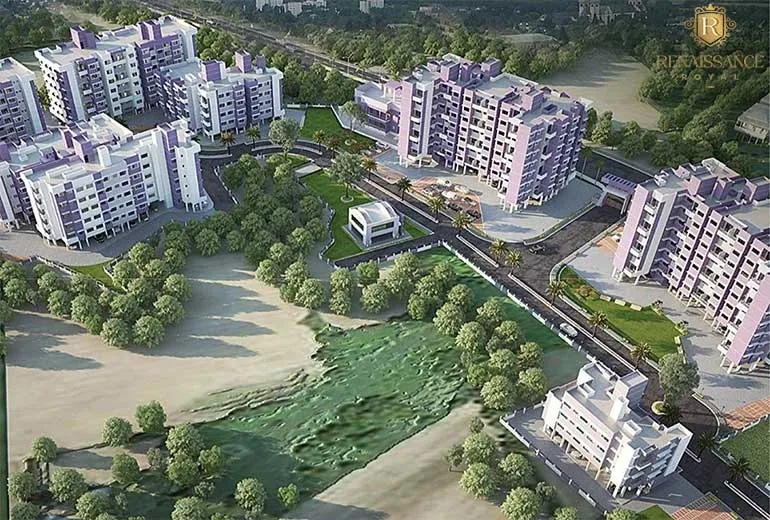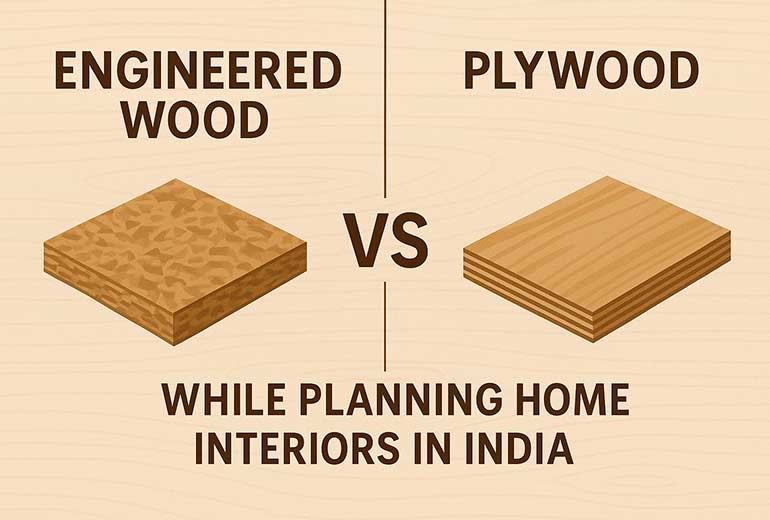
“In an age where concrete jungles dominate the landscape, the concept of biophilic design in building construction offers a refreshing and vital connection to nature. Rooted in the idea that humans have an innate affinity with the natural world, biophilic design aims to integrate natural elements into built environments, fostering healthier, more productive, and aesthetically pleasing spaces.”
What is Biophilic Design?
Biophilic design goes beyond just adding plants to a space. It’s a comprehensive design philosophy that incorporates natural light, ventilation, organic materials, water features, greenery, and even natural patterns and forms into the architecture and interiors of buildings. The goal is to create environments that mimic the calming, restorative aspects of nature.
Core Elements of Biophilic Design
- 1. Direct Nature Experiences: These include visible greenery, water bodies, sunlight, fresh air, and natural sounds. Green walls, indoor gardens, and water fountains are examples.
- 2. Indirect Nature Experiences: Use of natural materials like wood, stone, or bamboo, and biomorphic forms and patterns that resemble natural shapes.
- 3. Spatial Configurations: Creating spaces that evoke the sense of refuge, mystery, or prospect, similar to natural landscapes.
Benefits of Biophilic Design
- 1. Enhanced Well-being: Exposure to natural elements can reduce stress, lower blood pressure, and boost mood.
- 2. Improved Productivity: Studies show that environments incorporating biophilic elements lead to increased focus and efficiency.
- 3. Sustainable Living: Biophilic design often aligns with green building practices, promoting energy efficiency and reduced environmental impact.
Applications in Modern Construction
Incorporating biophilic design is becoming increasingly popular in both residential and commercial projects. Developers and architects are now integrating rooftop gardens, vertical green walls, atriums filled with plants, and large operable windows for natural ventilation and light. Workspaces with views of greenery and homes with natural material finishes are gaining traction among environmentally conscious buyers.
Challenges and Considerations
While biophilic design offers numerous advantages, it requires thoughtful planning and maintenance. Considerations around local climate, plant selection, integration with building systems, and long-term upkeep are essential to ensure the success and sustainability of these design elements.
Conclusion
Biophilic design is more than a trend—it’s a movement toward reconnecting with nature in our daily lives. As the construction industry continues to evolve, embracing this nature-centric approach could hold the key to building not just structures, but sanctuaries that nourish the body, mind, and soul.




0 comments
Be the first to comment.